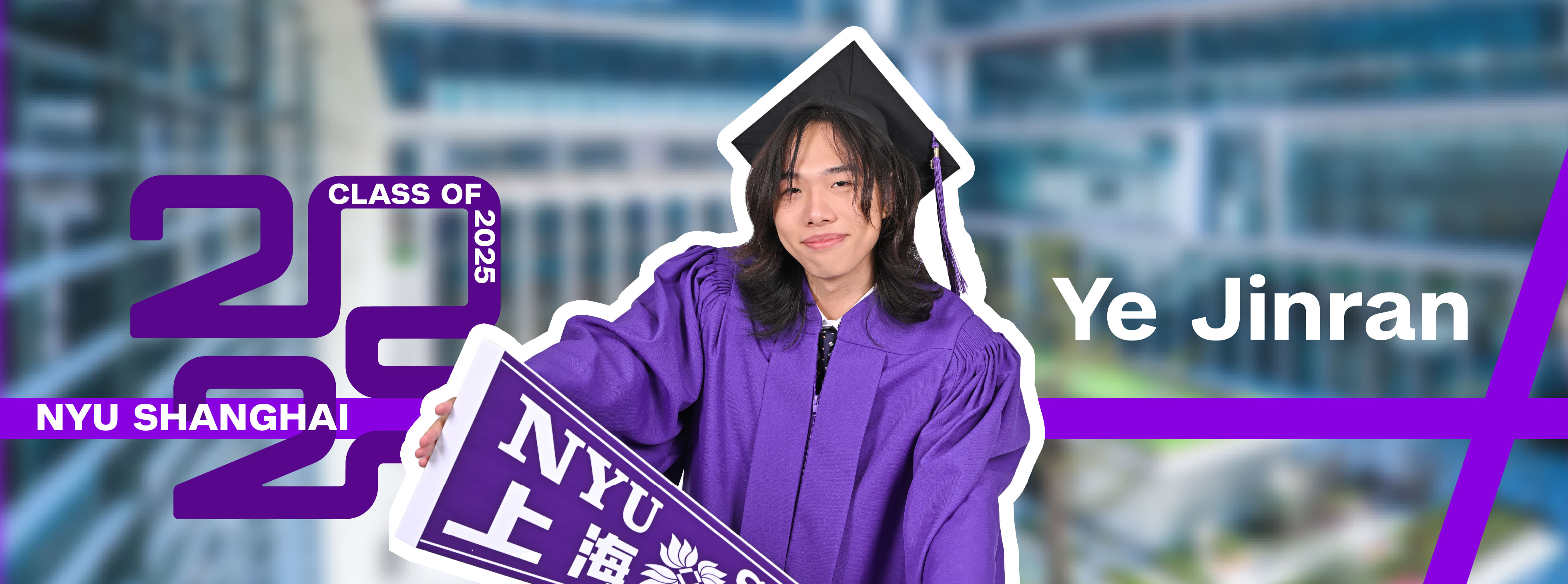
Ye Jinran began boarding school at the age of six, growing up in an environment that quietly fostered independence. In high school, he witnessed the spark of invention firsthand—watching a roommate assemble a mini PC. He was struck by how technology could do more than solve problems. It could unlock imagination.
Jinran developed a deep interest in robotics. Teaming up with a classmate, he entered the 2019 China Youth Robotics Competition and earned second prize. The event introduced him to graphical programming, and with it, a realization: “Code can be a language,” he thought, “a way to speak to machines—and bring ideas to life.”
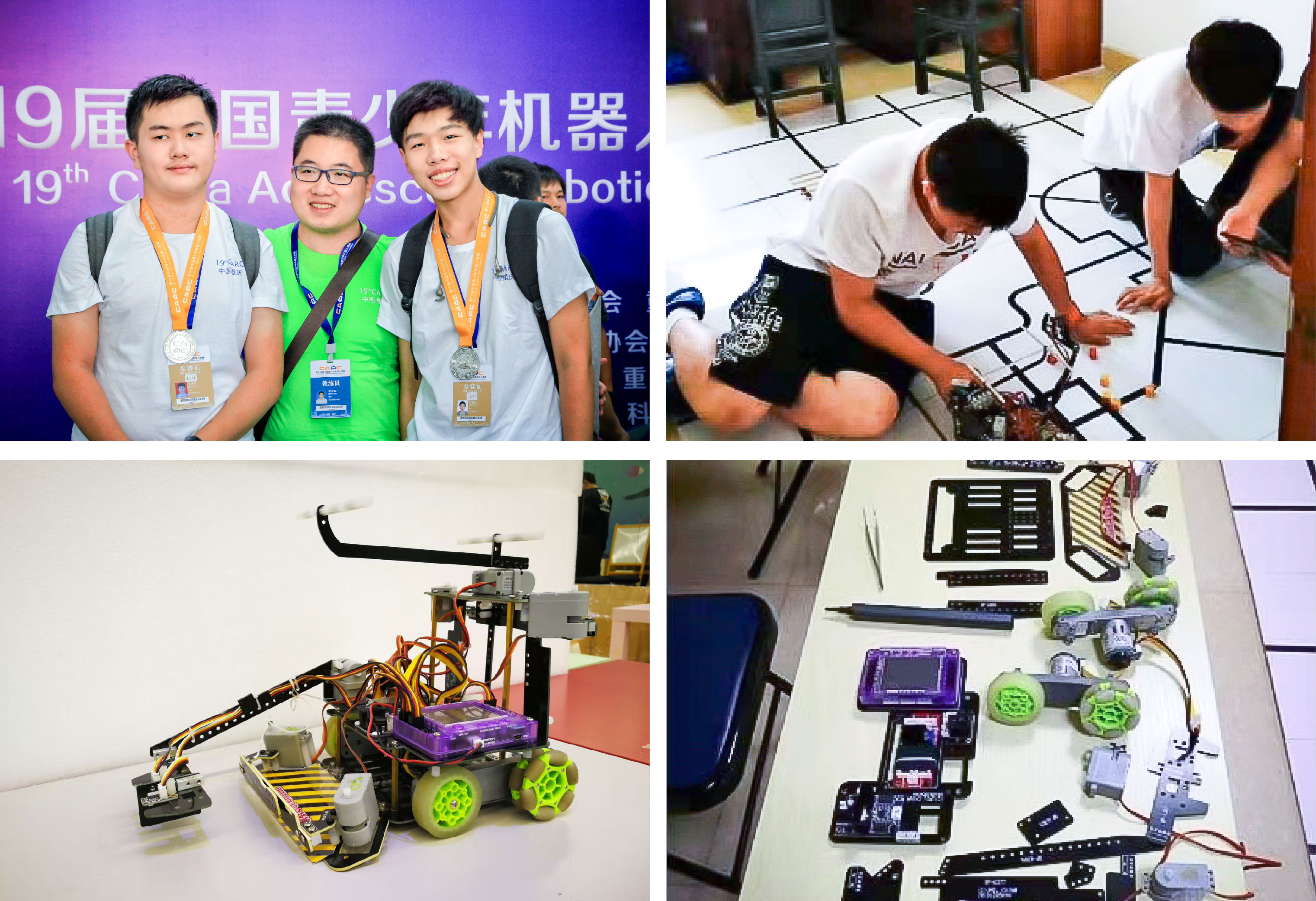
When faced with technical puzzles, Jinran often turned to the internet. That’s how he stumbled upon student vlogs capturing campus life. One school stood out to him—NYU Shanghai. “I was amazed by the teaching style and the diversity. It just felt right,” he recalls.
The more he learned, the more certain he became, and, after being accepted to NYU Shanghai, he found it was indeed the place for him. He found his footing in a blend of creativity and logic—declaring a major in Interactive Media Arts (IMA) and a minor in Computer Science (CS).
He quickly found his rhythm. In Introduction to Computer Science (ICS), he built a strong foundation. In Creative Coding Lab (CCL), he gave visual form to his imagination. In Robotics, he designed machines that didn’t just function, but expressed.
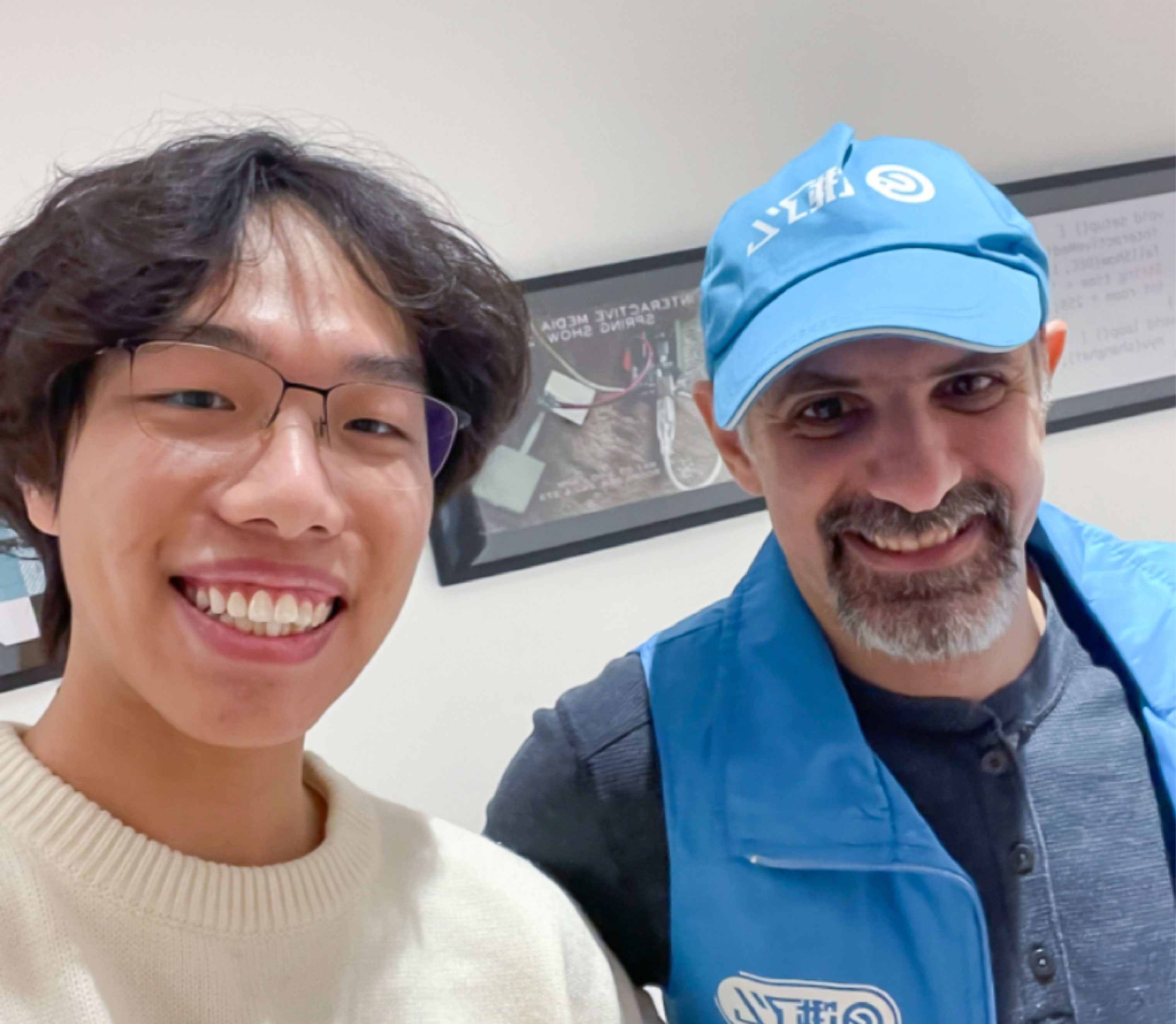
One of his key inspirations came from Assistant Arts Professor of IMA Rodolfo Cossovich, whose research focuses on how physical computing could empower people with visual or hearing impairments to assemble robots independently. Moved by this vision of inclusive technology, Jinran and a classmate developed a soft, social companion robot designed for children with autism. “Most robots assume users are fully able—physically and mentally,” he says. “But technology should be human-centered and within reach.”
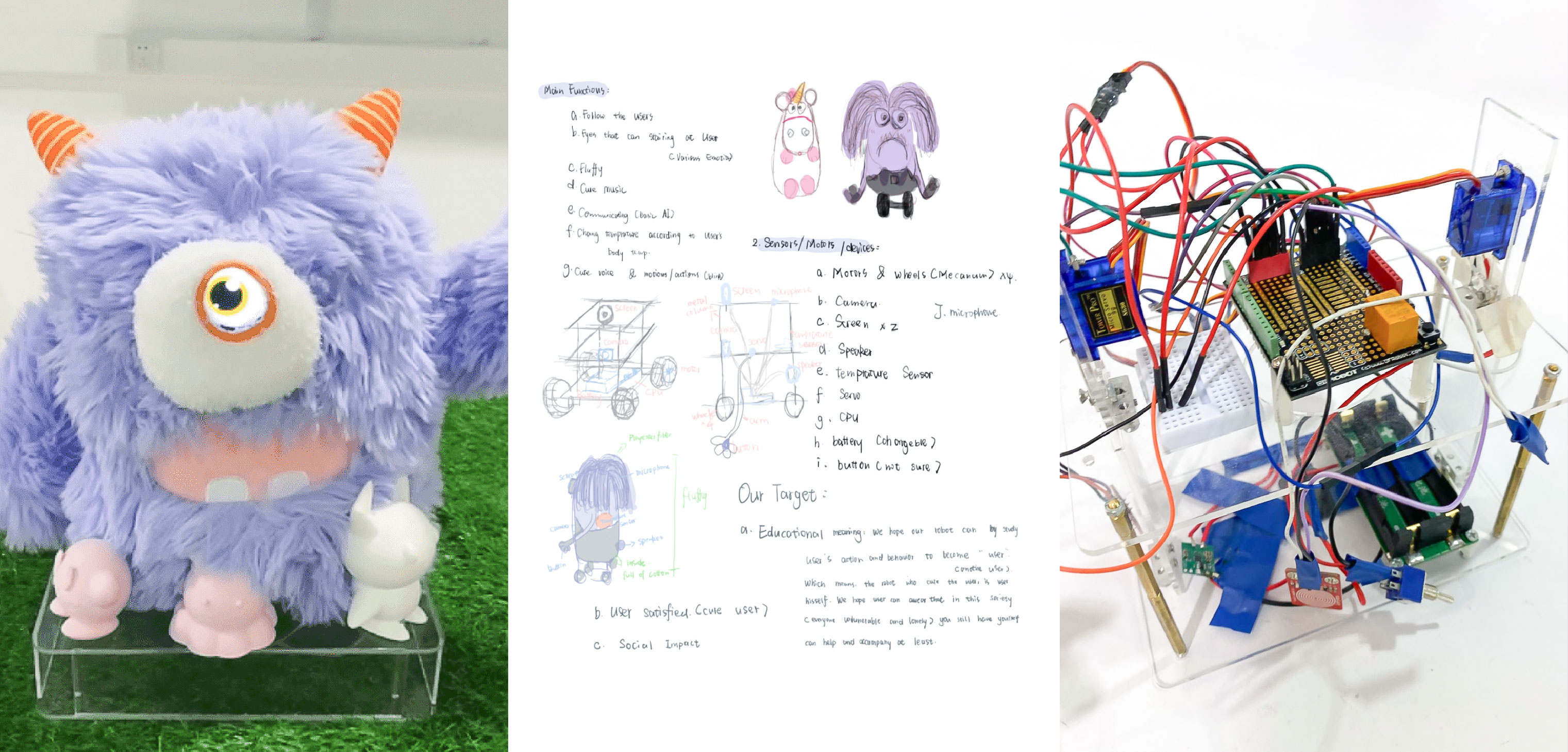
While studying away at NYU Abu Dhabi, Jinran worked as a research assistant on “Latent Letters”, a project led by Assistant Professor of Practice in IMA Michael Ang that live-projected calligraphy into urban environments. The experience opened new possibilities. Together with fellow research assistant Tracy Wu Chenxuan ’25, he began to imagine: What if such interaction could feel even more personal—closer to the body, closer to life?
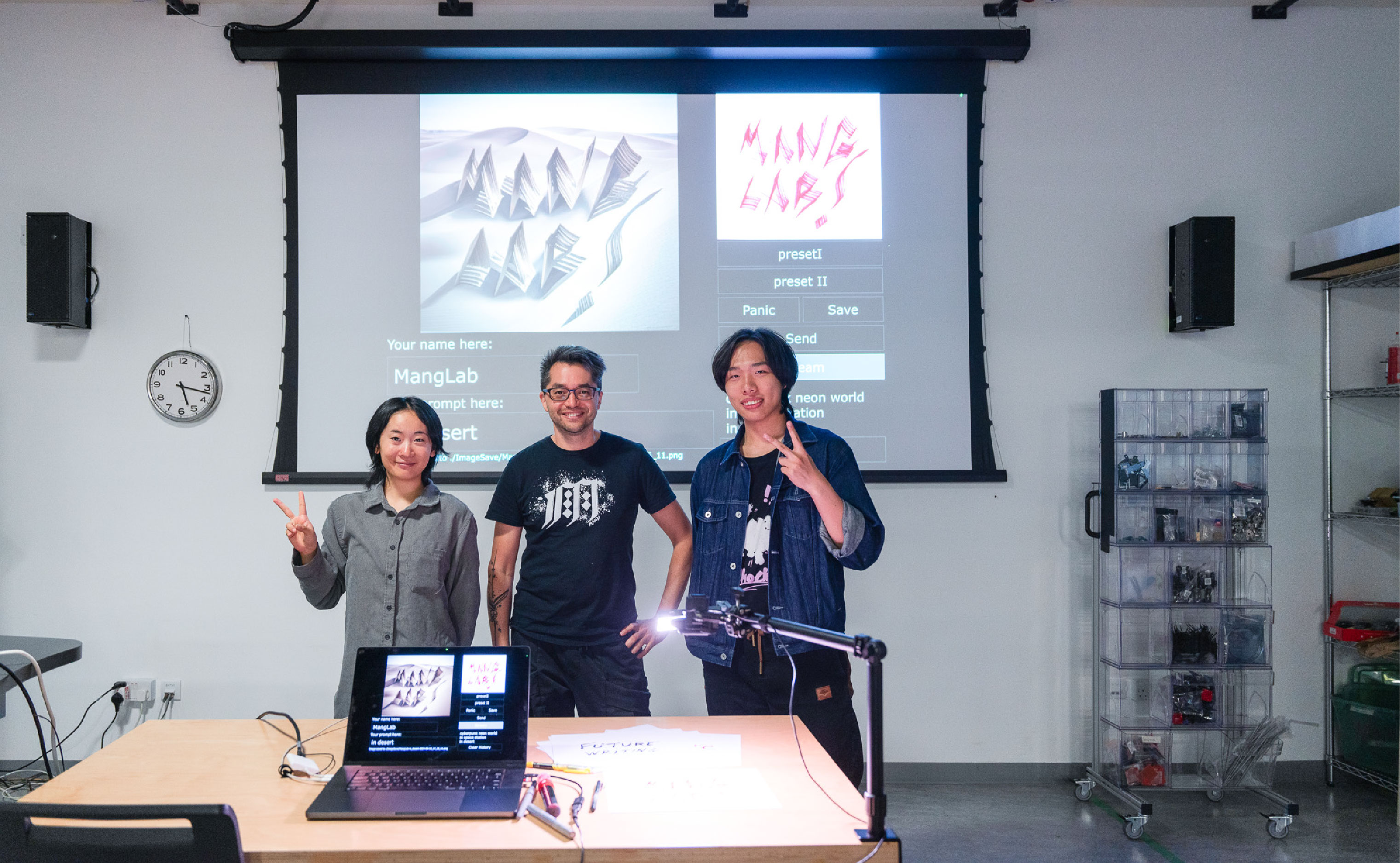
Back in Shanghai, they created “Live Diffusion,” with support from the Deans’ Undergraduate Research Fund (DURF). Under the guidance of Assistant Arts Professor of IMA Jung Hyun Moon and Assistant Arts Professor of IMA Leon Eckert, they developed a real-time, multimodal sensory AI image system responsive to user input.
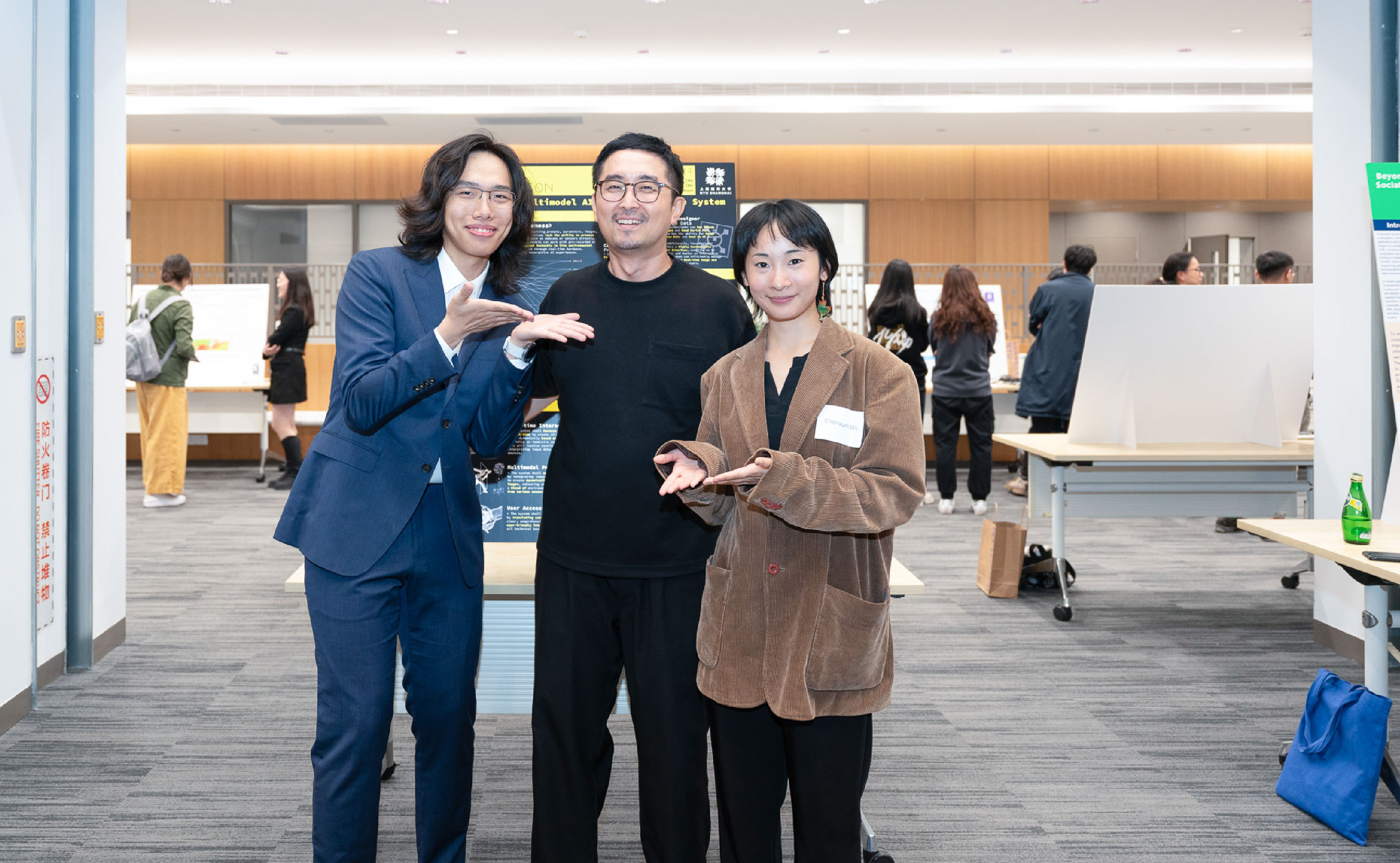
An immersive installation piece, it invites passersby to pause in front of the camera—where their real-time image is transformed by AI into animated characters and projected onto a screen. Viewers can type in prompts, like “cyberpunk” or “LEGO” or even words like “connection” or “love,” and watch their AI transformation shift in response. The piece is at once whimsical and technically innovative, and captured the imagination of those who encounter it.
“The project lowers the barrier to AI image creation, allowing users to focus on creative exploration without getting bogged down by technical hurdles,” said Professor Moon. “It also supports physical computing and MIDI input, expanding interactive possibilities and making it all the more versatile.”
Premiering at the IMA Gallery and later featured in the senior class’ “88-Day Countdown” celebration, “Live Diffusion” soon became the opening installation of NYU’s Global Show & Tell, connecting campuses across New York, Shanghai, and Abu Dhabi. It earned the 2024–2025 NYU Goddard Impact Award, and in 2025, traveled to HarvardXR: Augmented Self.

“Jinran demonstrated fantastic leadership—setting a vision that was both ambitious and well-considered, while making outstanding technical contributions,” said Professor Moon. “He’s a perfectionist, driven and endlessly curious, like a nonstop train of exploration or a sponge that absorbs everything. His constant drive to experiment and refine, paired with a meticulous attention to detail, truly stood out.”

For Jinran, “Live Diffusion” was always more than a way to explore his technical skills. “I want to expand creative possibilities by bridging the accessibility gap—especially for those with no AI background—and by incorporating the sensory texture of the physical world,” he says.
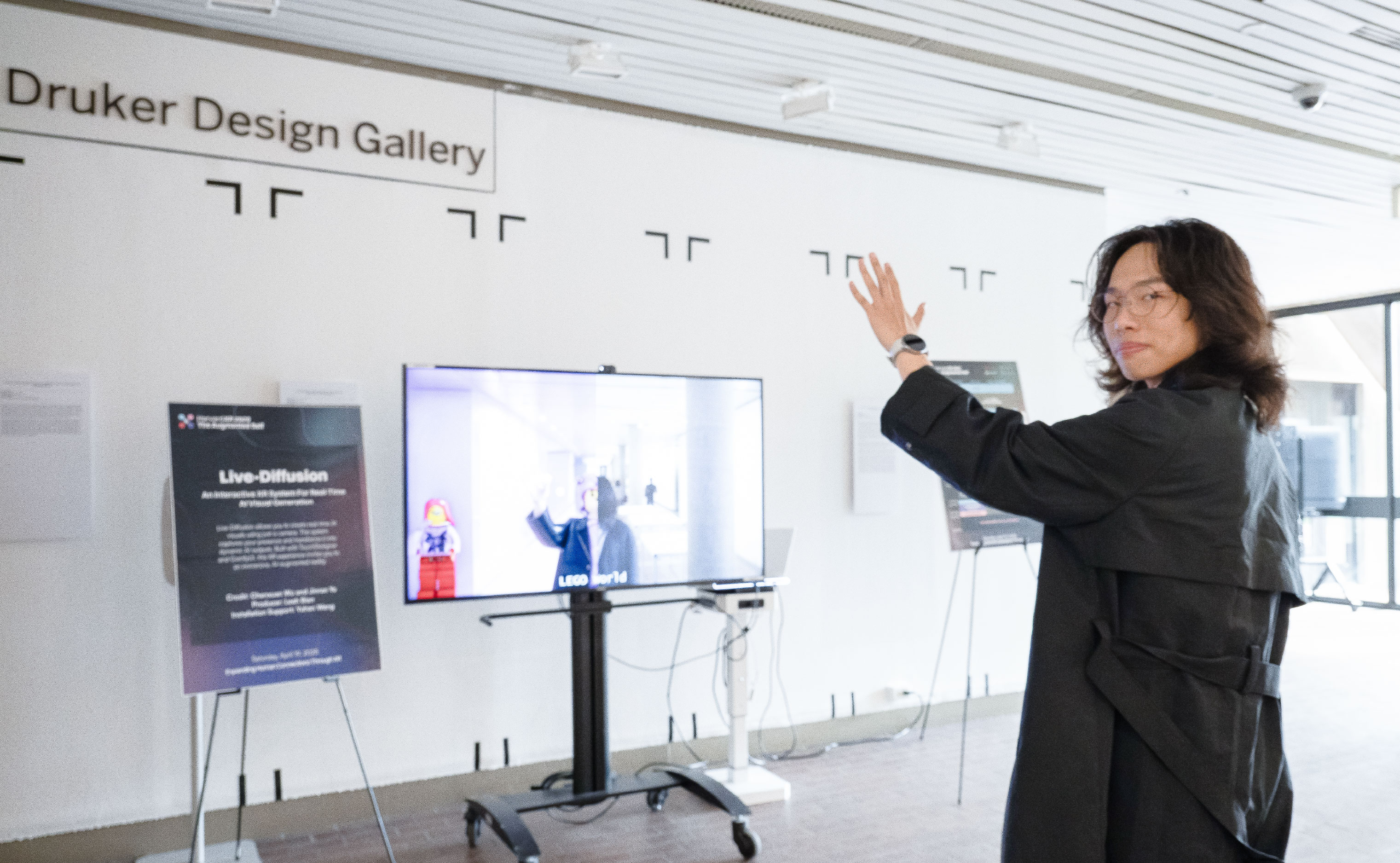
His explorations didn’t stop there. During a 2022 summer internship with China State Construction Engineering Corporation (CSCEC), he became involved with the China Architecture Science and Technology Museum. Two years later, in the summer of 2024, he returned as a volunteer and developed “Gaudí-Vision”, a program that transforms user-uploaded images into Antoni Gaudí’s distinctive aesthetic. Featured in the exhibition Gaudí: Moment is Eternity, the project went on to win Best Public Service Partnership of the Year.
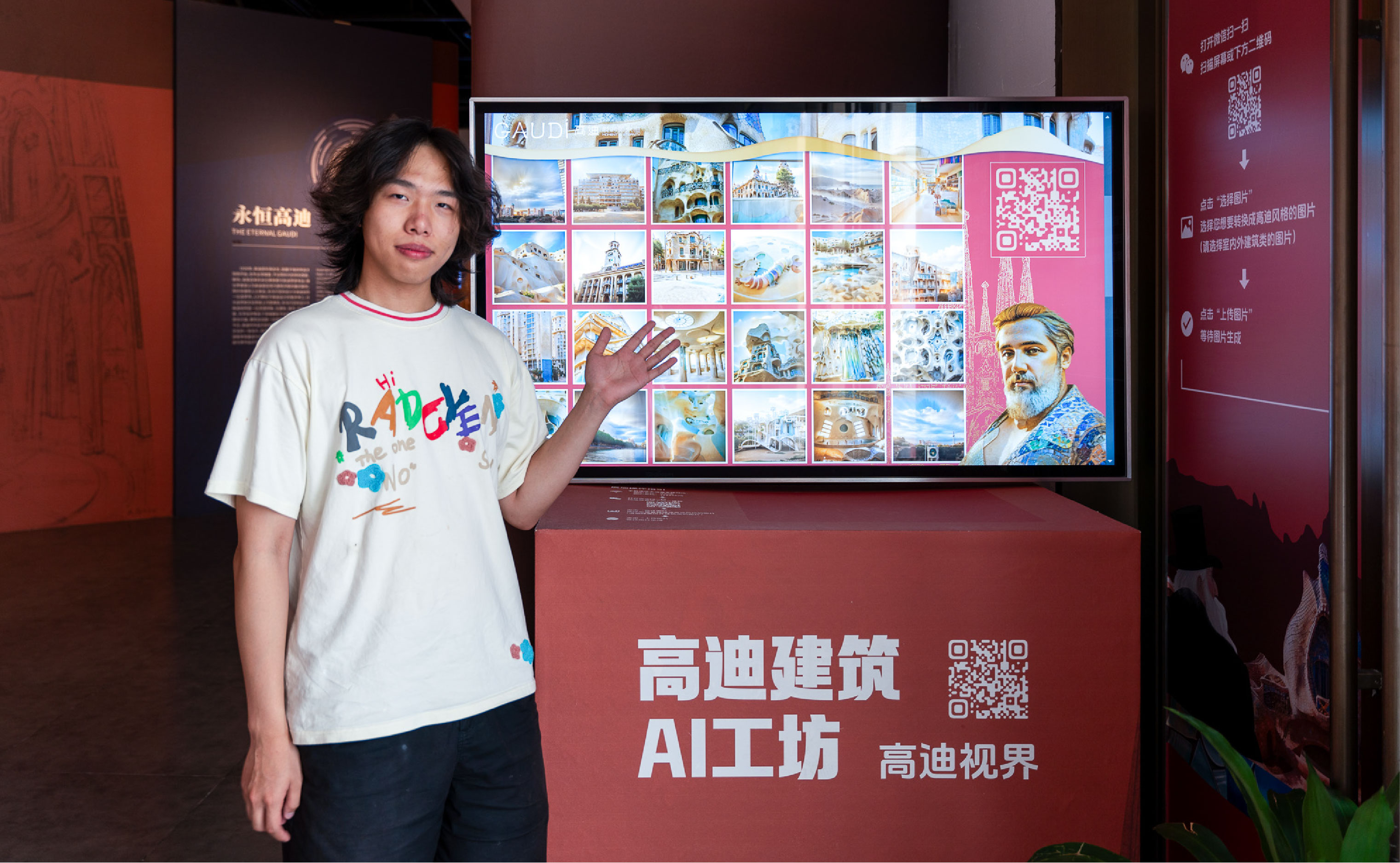
His senior capstone project examines how recommendation algorithms subtly shape thought patterns online. He’s also collaborating with Associate Professor of Art History and Digital Heritage Lab Director Lala Zuo to apply Stable Diffusion to archaeological drawing, helping streamline fieldwork with AI-powered image generation.
Later this month, Jinran will present at the Symposium on Heritage in the Digital Age, sharing how augmented reality (AR) can reshape cultural storytelling. In May, just weeks before graduation, he and his teammates will represent NYU Shanghai in the Disney Imaginations Shanghai Design Competition—the university’s first-ever team to reach the finals.
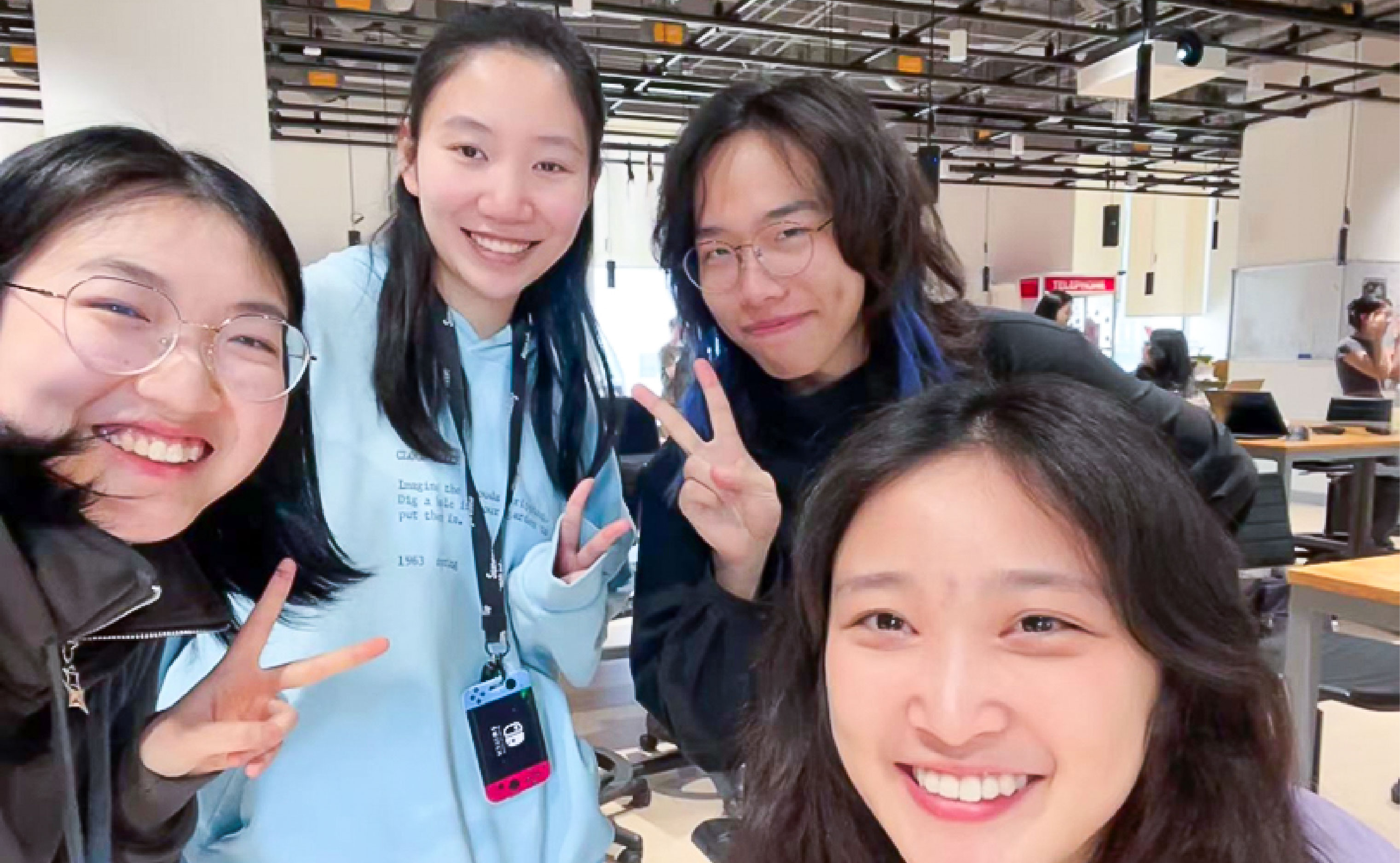
After graduation, Jinran will return to his hometown of Wuhan to join Chinese consumer electronics giant Xiaomi as a front-end web developer. For him, the decision to step out of the academic environment and into the product world is intentional: a way to sharpen practical skills and build things people actually use.
“Most of what we see online now comes through web pages,” he says. “Even the way we work is becoming increasingly online. I think the web will continue to be a key medium—simple, direct, and accessible to more people.”
Professor Zuo had high praise for Jinran as a collaborator. “What distinguishes him most is his acute cultural sensitivity—his ability to perceive and interpret cultural nuances, transformations, and contrasts,” she said. “Innovation, at its core, requires a deep curiosity and attentiveness to one’s surroundings—and he exemplifies that capacity.”
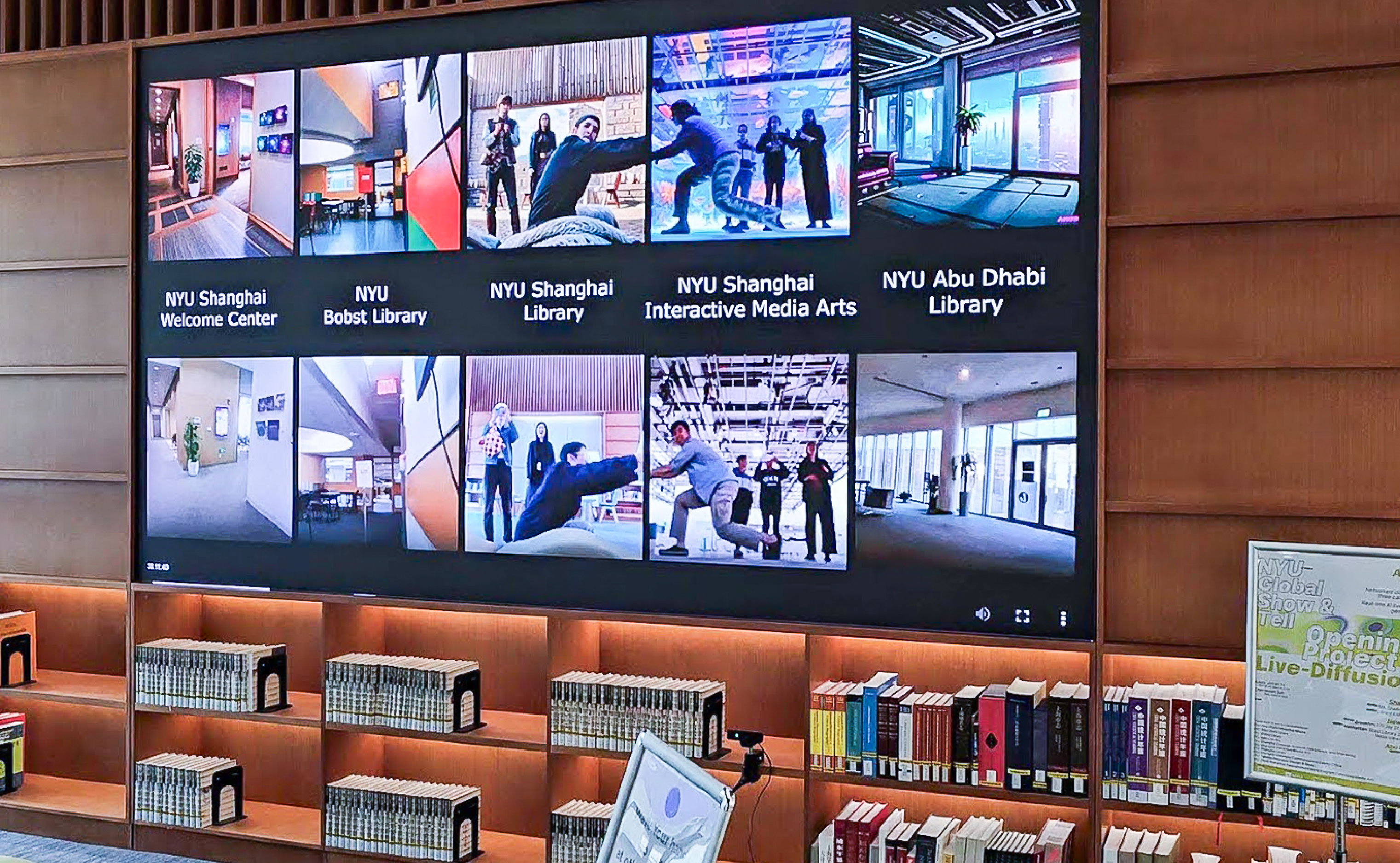
For his part, Jinran believes technology is never just about innovation; it’s about connection. “If we have the opportunity to stand at the frontiers of technology,” he says, “then we should open the gate—make it gentler, closer, easier for more people to walk through. If I can help with that... why not?”

